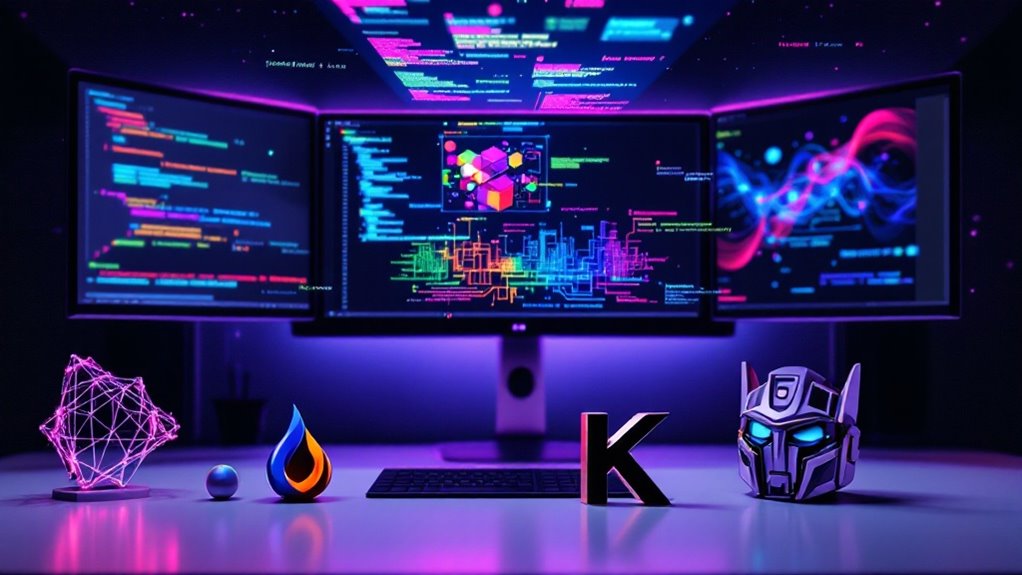Yes, Amazon is developing a massive LLM called “Olympus” with 2 trillion parameters—twice the size of GPT-4. Announced for December 2023, this model supports tasks like question answering, summarization, and translation for both enterprise and consumer applications. Amazon’s CEO Andy Jassy sees generative AI as a major revenue driver worth billions. The tech giant is leveraging this technology within AWS while collaborating with academic partners. The scale of Olympus might just redefine what’s possible in AI.
Yes, Amazon definitely has a large language model—and it’s going big. The tech giant is reportedly building a colossal LLM codenamed “Olympus” featuring a jaw-dropping 2 trillion parameters. For context, that’s about twice the size of OpenAI’s GPT-4. Talk about overcompensation, right? This massive AI project signals Amazon’s determination to be a major player in the generative AI space, with an announcement originally targeted for as early as December 2023.
Amazon’s LLMs aren’t just big for bragging rights (though that’s certainly part of it). These models support a diverse range of tasks including answering questions, summarization, and translation across multiple languages. The company’s foundation models are designed with flexibility in mind, allowing them to be integrated into various enterprise and consumer applications. Because who doesn’t want an AI helper these days? Many of these applications require skilled AI engineers who can implement and optimize these powerful language models.
Size matters in AI, but Amazon’s models deliver more than scale—versatility for enterprise apps and everyday assistance too.
The business strategy here is crystal clear. Amazon is leveraging these LLMs across AWS to power generative AI services, positioning them as strategic revenue drivers potentially worth tens of billions of dollars. CEO Andy Jassy himself has expressed confidence that generative AI will generate tens of billions in revenue for the company. Organizations of all sizes can access these models via cloud-based solutions hosted on AWS, with emphasis on rapid deployment and scalability.
Behind the scenes, Amazon Science is hard at work conducting research on LLM interpretability, efficiency, and business applications. They’re not going it alone either, collaborating with academic and industry partners while investing in workforce upskilling initiatives.
In the increasingly crowded AI arena, Amazon’s Olympus would surpass competitors like GPT-4, Google’s models, and offerings from Anthropic, AI21 Labs, and Cohere. The sheer scale may provide advantages in accuracy, creativity, and context understanding. It’s basically the AI equivalent of bringing a tank to a knife fight.
Businesses are already deploying Amazon’s existing LLMs for content creation, customer service, document analysis, and automation across sectors like marketing, payments, and insurance. As the LLM race accelerates, Amazon clearly isn’t content to sit on the sidelines.









